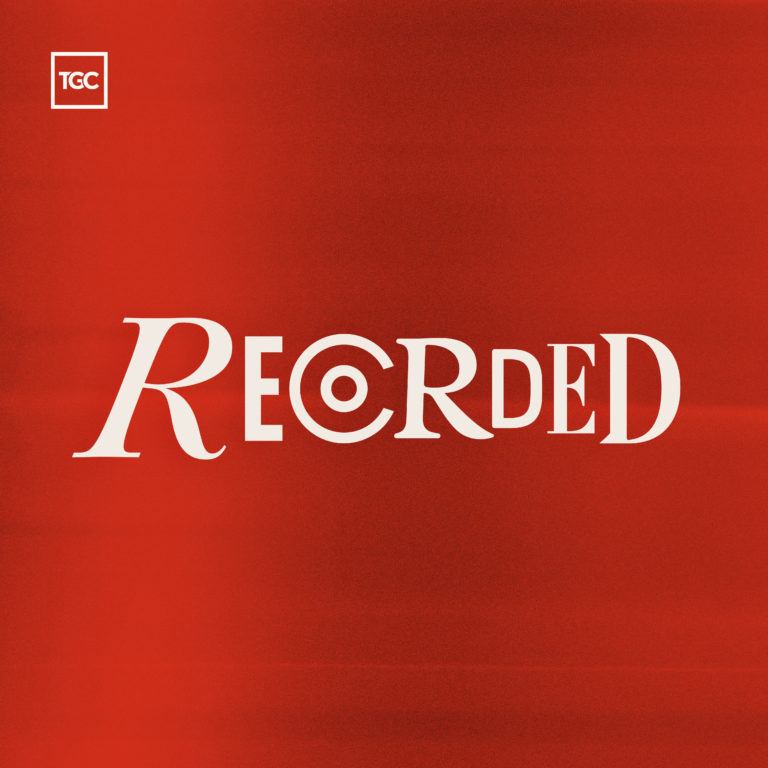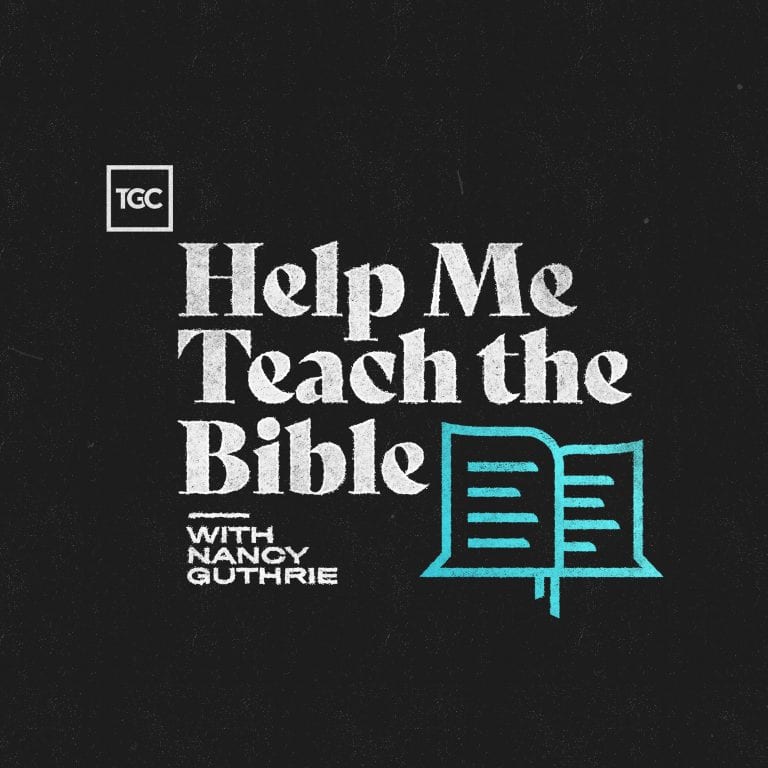This article is one of many informative articles in Joe Carter’s “9 Things You Should Know” series.
The end of March marked the sixty-fifth anniversary of C.S. Lewis completing The Lion, the Witch and the Wardrobe, the first book in the Chronicles of Narnia series. Here are nine things you should know about Lewis’ beloved novels:
1. The name ‘Narnia’ is a Latin word, referring to a town in ancient Italy called ‘Narni’.
2. Lewis first thought of Narnia in 1939, but didn’t finish writing the first book,The Lion, the Witch and the Wardrobe, until a decade later in 1949. Lewis said of the idea for the book, “The Lion all began with a picture of a Faun carrying an umbrella and parcels in a snowy wood. This picture had been in my mind since I was about sixteen. Then one day, when I was about forty, I said to myself: ‘Let’s try to make a story about it.”
3. Lewis believed the series should be read in the chronological order of the events covered in the books. But most readers, critics, and scholars believe they should be read in the order the books were published: The Lion, the Witch, and the Wardrobe (1950),Prince Caspian (1951), The Voyage of the Dawn Treader (1952), The Silver Chair (1953), The Horse and His Boy(1954), The Magician’s Nephew (1955), The Last Battle (1956).
4. Lewis Scholar Michael Ward has proposed a theory that that Lewis deliberately constructed the Chronicles of Narnia out of the imagery of the seven heavens. According to astronomers before Copernicus in the sixteenth century, the seven heavens contained the seven planets which revolved around Earth and exerted influences over people and events and even the metals in the Earth’s crust. In his book, Ward says, “In The Lion [the child protagonists] become monarchs under sovereign Jove; in Prince Caspian they harden under strong Mars; in The “Dawn Treader” they drink light under searching Sol; inThe Silver Chair they learn obedience under subordinate Luna; in The Horse and His Boy they come to love poetry under eloquent Mercury; in The Magician’s Nephew they gain life-giving fruit under fertile Venus; and in The Last Battle they suffer and die under chilling Saturn.”

5. ‘Aslan’, the name of the central Lion character in the Narnia Chronicles, is the Turkish word for ‘lion’. Although Aslan is the only character to appear in all seven books, he never appeared in the first draft of The Lion, the Witch and the Wardrobe, even though it was published a year later.
6. The character of Puddleglum, who appears as a principal character in The Silver Chair, was based on Fred Paxford, who served as a handyman, gardener, and occasional cook for over 30 years at Lewis’ home (the Kilns) in Oxford. Douglas Gresham described him as “a simple and earthy man who might be called a cheerful, eternal pessimist.” If someone said “good morning” to Paxford, he might respond by saying “Ah, looks like rain before lunch though if it doesn’t snow or hail that is.”
7. The series of books took Lewis more than eight years to complete, though he spent only three months of that time writing the first book, The Lion, the Witch and the Wardrobe.
8. Although there are several maps of the Narnian universe available, the one considered the “official” version was published in 1972 by the books’ illustrator, Pauline Baynes. (Illustration copyright © C.S. Lewis Pte. Ltd.)
9. In a letter to a fifth-grade class, Lewis explained that Aslan is not meant simply to “represent” Jesus: “Let us suppose that there were a land like Narnia and that the Son of God, as He became a Man in our world, became a Lion there, and then imagine what would happen.”
Why Do So Many Young People Lose Their Faith at College?
 It’s often because they’re just not ready. They may have grown up in solid Christian homes, been taught the Bible from a young age, and become faithful members of their church youth groups. But are they prepared intellectually?
It’s often because they’re just not ready. They may have grown up in solid Christian homes, been taught the Bible from a young age, and become faithful members of their church youth groups. But are they prepared intellectually?
New Testament professor Michael Kruger is no stranger to the assault on faith that most young people face when they enter higher education, having experienced an intense period of doubt in his freshman year. In Surviving Religion 101, he draws on years of experience as a biblical scholar to address common objections to the Christian faith: the exclusivity of Christianity, Christian intolerance, homosexuality, hell, the problem of evil, science, miracles, and the Bible’s reliability.
TGC is delighted to offer the ebook version for FREE for a limited time only. It will equip you to engage secular challenges with intellectual honesty, compassion, and confidence—and ultimately graduate college with your faith intact.







































